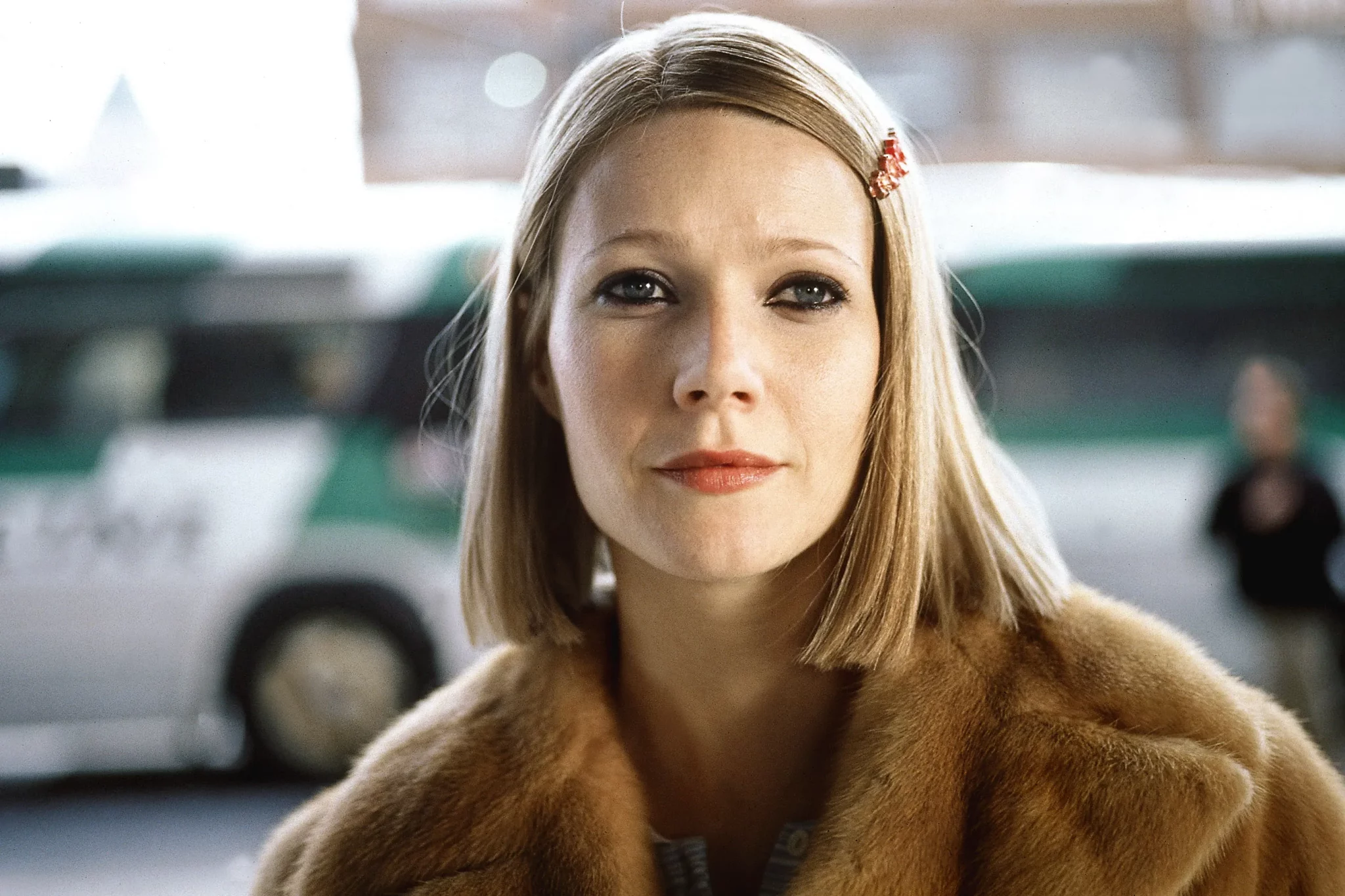LVMH, one of the few remaining luxury groups still using fur, says it is working with Imperial College London and Central Saint Martins University of the Arts to develop lab-grown fur.
Fur-heavy LVMH label Fendi is leading the luxury group’s shift to lab-grown fur, with the goal of developing material that’s comparable to animal fur. LVMH, which includes leading luxury houses Dior, Marc Jacobs, Givenchy, and Louis Vuitton, is aiming to create sustainable keratin-based fur that’s free from unsustainable materials common in faux fur such as plastic and polyester.
LVMH says it sees untapped potential in the biotech space to create better fur. Lab-grown techniques have been implemented with success in the diamond sector, despite major jewelers including Cartier and Tiffany & Co. not embracing the tech.
Lab-grown meat, while not yet approved in the U.S., is seeing a pre-market boom. Earlier this week, the industry leader Upside Foods closed a $400 million Series C funding round—the industry’s largest.
Lab-grown fur
LVMH says if it’s successful in developing bio-based fur, it could move onto wool and other animal materials.
“We’re not interested in the hype of a new fibre for the sake of a new fibre. We’re interested in new, radical, sustainable fibre,” Carole Collet, design professor at Central Saint Martins and director of Maison/0, the creative platform for “regenerative luxury” established jointly by the university and LVMH in 2017, told Vogue Business. “We’re far from being sustainable in the way nature is. The more we look at how nature works, the better.”
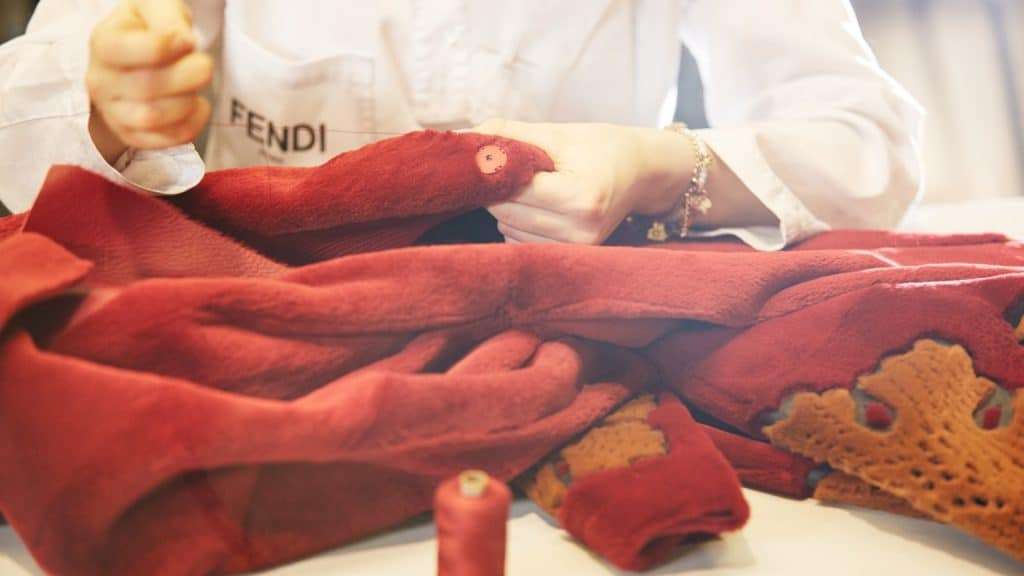
Despite the announcement, the project is still so new that proof of concept isn’t expected until 2024. The company says it will grow keratin in labs using yeast, but the media to feed the yeast hasn’t yet been identified.
“They need sugar. We could imagine that we will feed the yeast with some waste from our wine and spirit industry for instance. That would be amazing because we will have a circular loop,” LVMH’s environment development deputy director Alexandre Capelli said, noting that idea for now, at least, is just a dream.
The research team is currently developing a way to turn keratin into fur fibers using DNA sequences. Those sequences will then instruct cells on how to make keratin proteins. It’s a process similar to the technology used by Bay Area startup Perfect Day. It creates dairy proteins in yeast through a precision fermentation process without any need for cow cells.
“The yeast can then make the keratin proteins in a process similar to brewing and the proteins themselves can then be spun into fibres suitable for textiles,” LVMH says.
“The ultimate goal at LVMH is to have these alternative innovative materials but not using plastics,” Capelli said. “Even if the quality of fake fur has improved in the last year, it’s still not at the level of natural fur. We think that with this innovation, we should be able to achieve this level of quality—very close to natural fur.”
But achieving the quality and scaling it are two different things, Capelli says.
“To produce a proof of concept prototype fibre is one thing. But, as soon as you start upscaling quantities, that’s where the challenges are,” Collett says. “We’re talking about biomanufacturing. We know very well how to do traditional techniques, but when it comes to reinventing what we do, that’s what is challenging.”
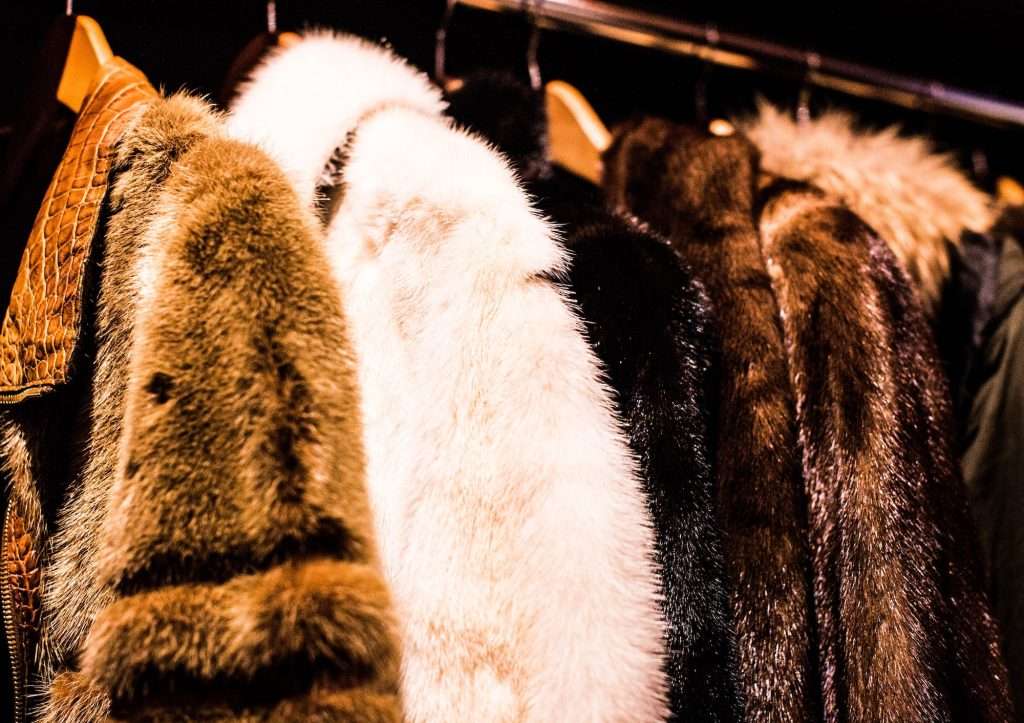
LVMH is not the first to explore lab-grown fur. Dutch startup Geneus Biotech says it has developed a lab-grown biomaterial aimed at replacing fur.
LVMH says at least for now, it’s not giving up animal fur yet entirely. And despite having no materials to show just yet, Capelli says the company wanted to showcase its commitment. “And I think it’s interesting, for all our customers in the young generation, to know that LVMH is committed to exploring these new lab-grown technologies,” he said.
Replacing animal materials
The announcement comes as the luxury industry has been transitioning away from animal materials. Fur has been on the decline across the industry in recent years.
LVMH rival Kering, which owns Gucci, became the first major luxury brand to commit to dropping fur in 2017. Prada, Burberry, Chanel, and Coach have also banned fur, as have leading retailers including Saks Fifth Avenue and Bloomingdale’s.
In 2019, California became the first state to ban the sale and production of fur. New York introduced similar legislation that same year but a ban has yet to go into effect.
Fur is often criticized for ethical reasons; both farming and trapping are highly contentious practices that have brought celebrity-backed campaigns by animal rights groups like PETA to the doorsteps of major fashion brands.
They’ve been largely successful. Last summer, PETA declared a victory after outerwear brand Canada Goose announced it was dropping fur following years of pressure from the group.
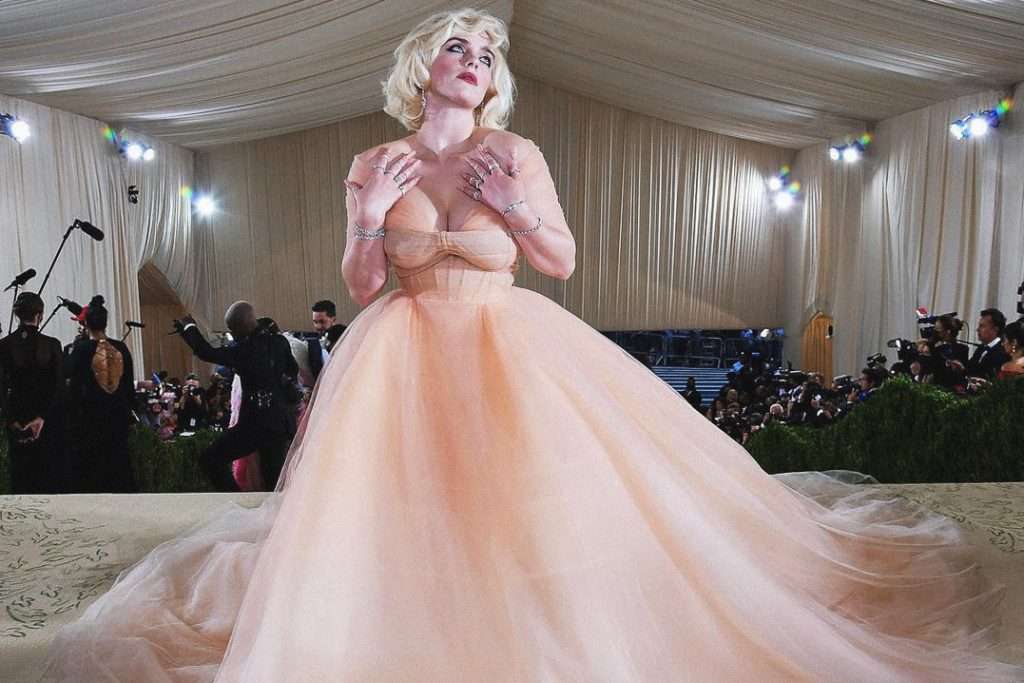
Last year also saw Oscar de la Renta bow to pressure after vegan singer Billie Eilish agreed to wear the fashion label to the Met Gala if the brand promised to fully drop fur.
Fur is tied to environmental issues, too. Fur farming counts toward the agricultural industry’s carbon footprint; the industry is the third biggest producer of greenhouse gas emissions, about 15 percent of emissions produced worldwide. The most recent installment of the IPCC’s Sixth Assessment Report urged for a reduction in emissions by 2025, including a 33 percent drop in methane, a gas that traps more heat than CO2 and is widespread in animal agriculture.
Mink farms were also hotbeds for covid outbreaks. Denmark culled more than 17 million minks, and infections spanned farms from Europe to Asia to the U.S.
The luxury industry is also moving away from other animal materials, too. Exotic skins and leather are being replaced by plant- and fungi-based alternatives. Danish fashion house Ganni founder Nicolaj Reffstrup recently compared selling leather to being as “outdated as smoking on tv.” The brand, known for lambskin, has recently begun its shift to bio-based and recycled materials.
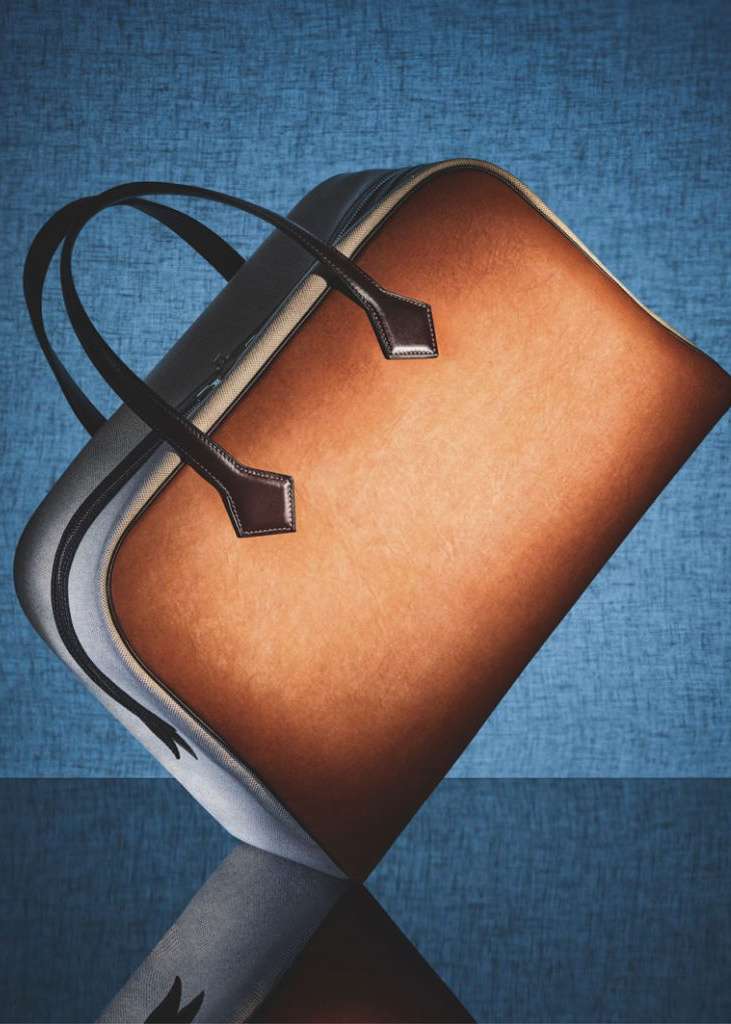
While the products on offer are still scant, mushroom leather is expected to be a formidable replacement with the same feel and function as animal leather. It earned the approval of luxury house Hermès, known for its leather goods.
The French label announced plans to launch a bag made from mushroom leather last year but it has yet to hit the market. Sustainable design champion Stella McCartney debuted a limited-edition mushroom leather bag last year. Alexander McQueen recently said it’s also exploring mushroom leather.
A number of firms are tackling mycelium-based leather; McCartney has worked with Bolt Threads, Hermès with Mycoworks. New York-based mushroom technology company Ecovative recently partnered with Calvin Klein, Tommy Hilfiger, and Pangaia.
LVMH sustainability
For LVMH, replacing fur is part of its ongoing sustainability efforts. Louis Vuitton has been introducing more sustainable materials, including a logo developed by its late creative director, Virgil Abloh.
Its Moët Hennessy-led spirits division has invested in sustainable agriculture research with a €20 million research center announced last year. Last month it also announced a global reforestation program through the Hennessy label.
The fur announcement follows the brand’s plans announced this week to acquire sustainable, carbon-negative polyethylene terephthalate (PET) for fragrance and cosmetics packaging from Origin Materials Inc.
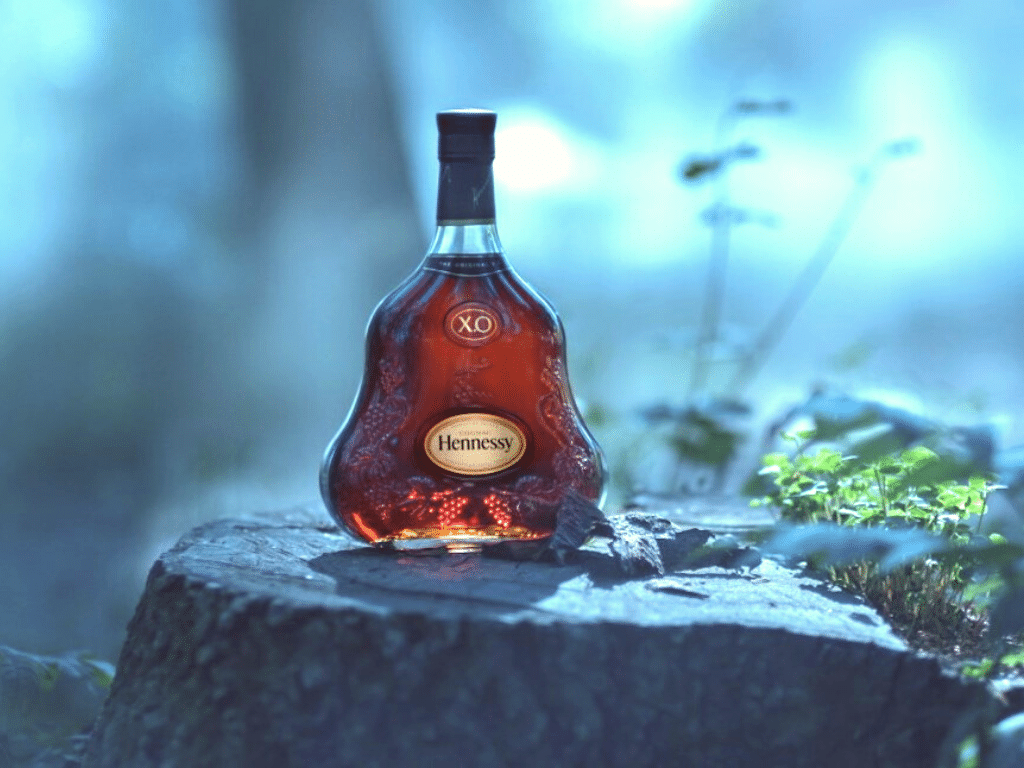
LVMH says PET made with Origin’s technology works just like its petroleum-based counterpart but without the carbon footprint.
“At LVMH, with our Life 360 program, we made the decision that our packaging will contain zero plastic from virgin fossil resources in a near future,” Claude Martinez, executive president & managing director, LVMH Beauty, said in a statement.
“Origin’s bioplastic technologies are playing a crucial role in helping LVMH achieve our sustainability targets without any compromise on quality.”

